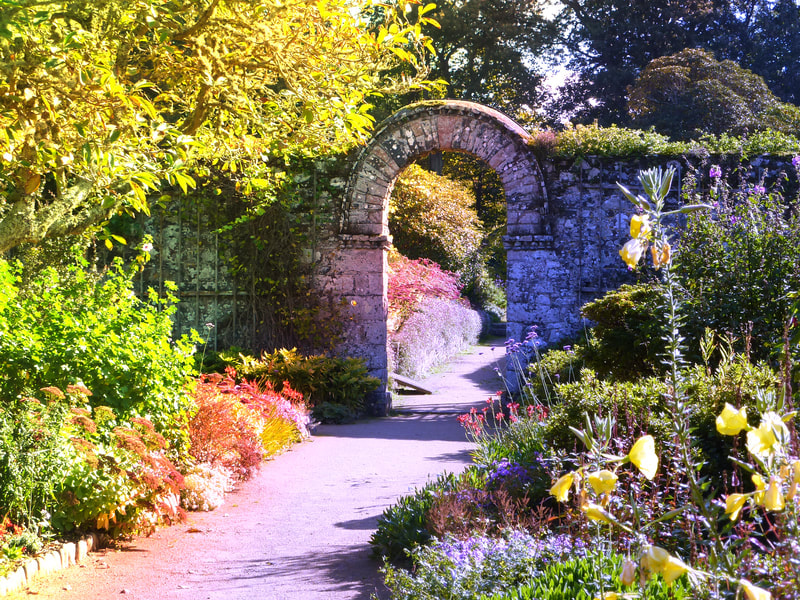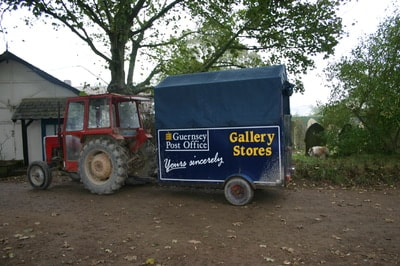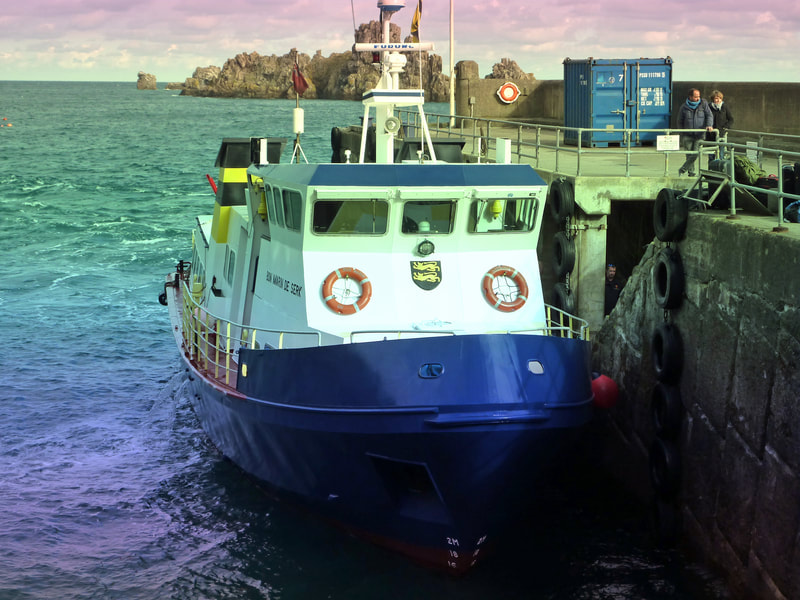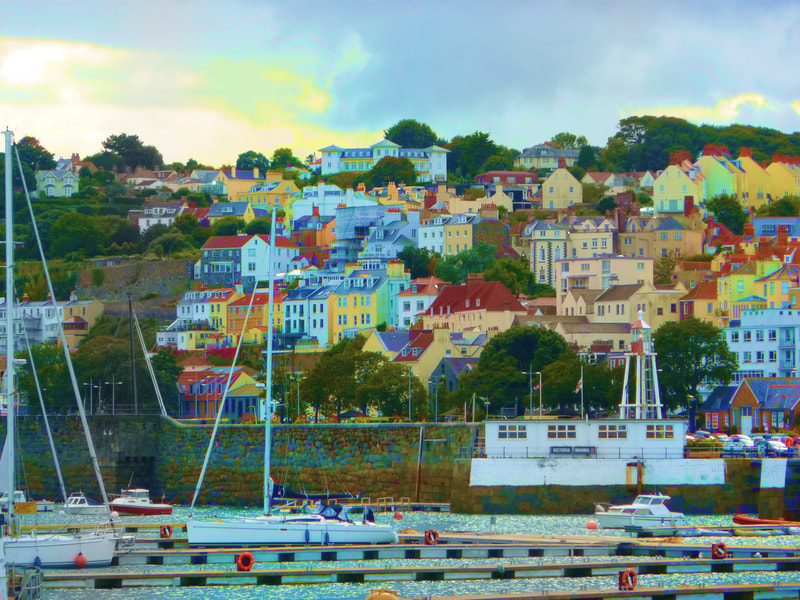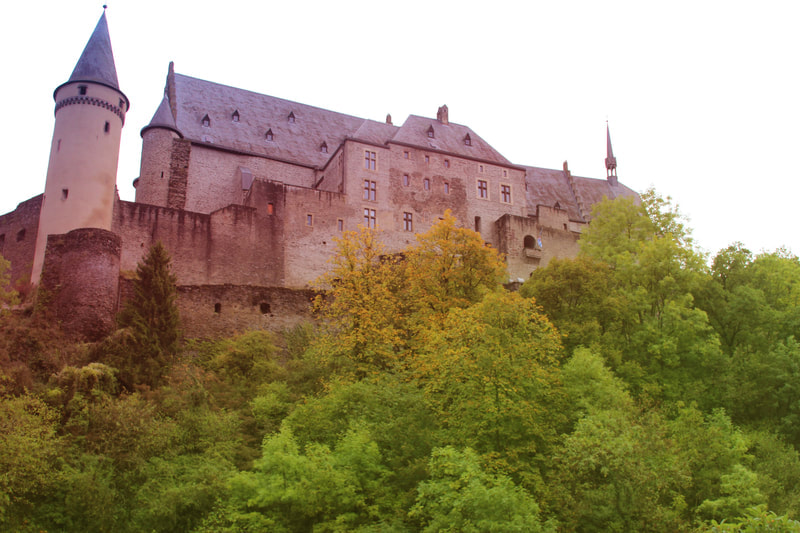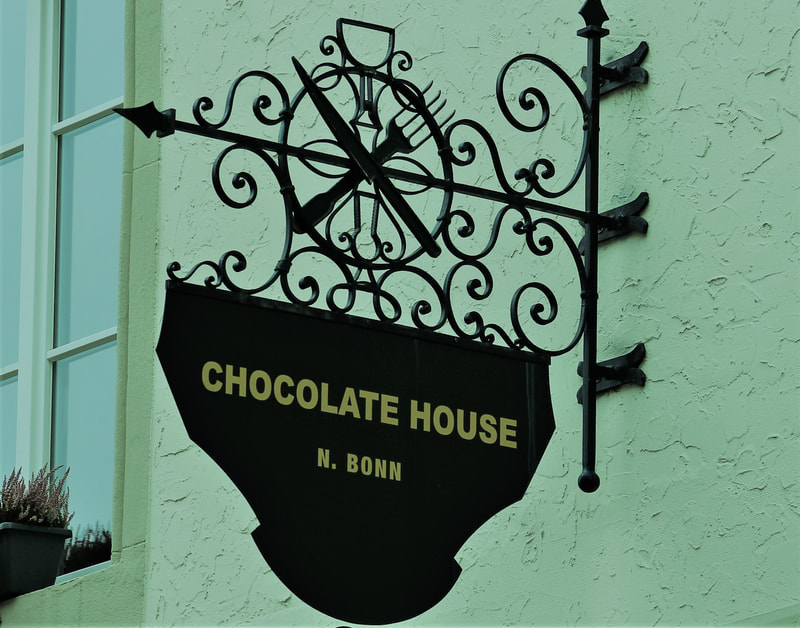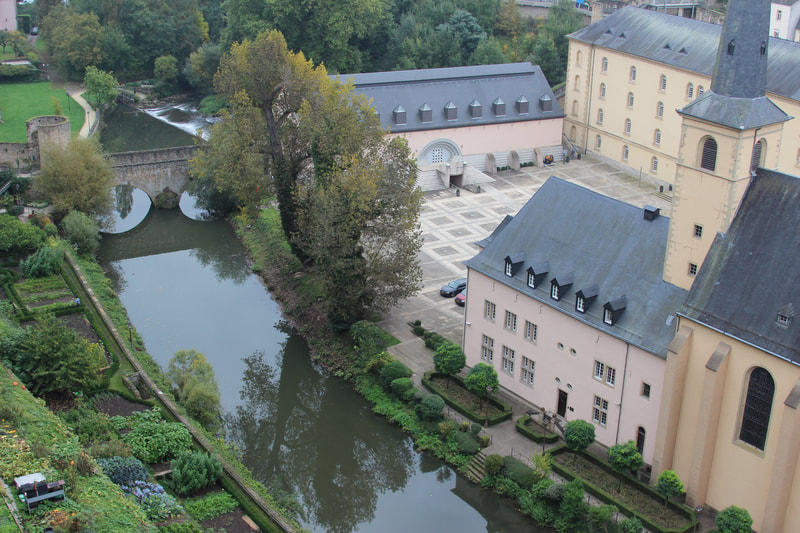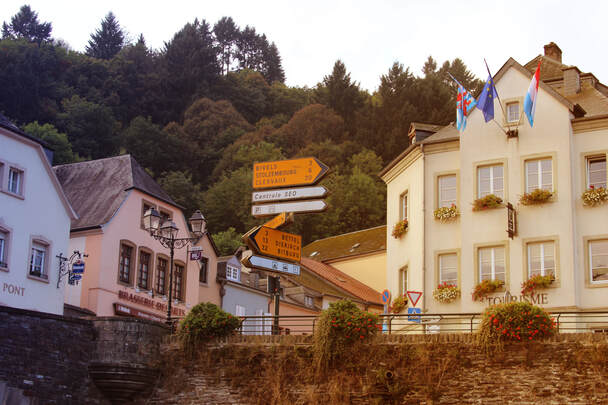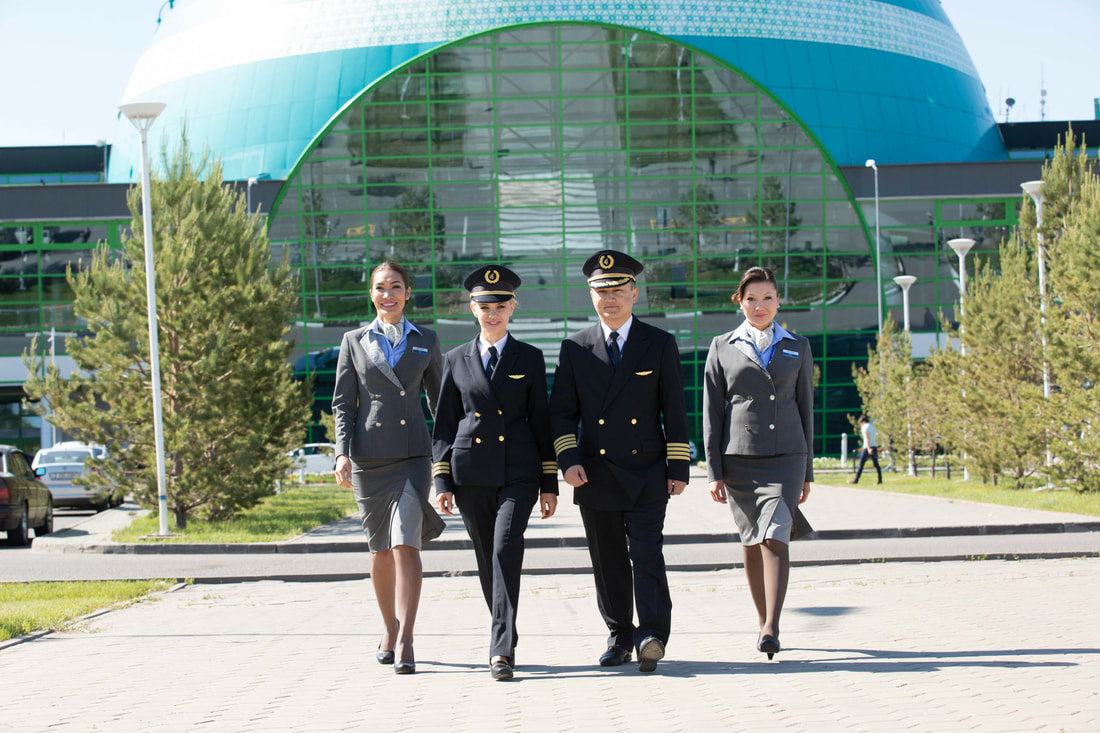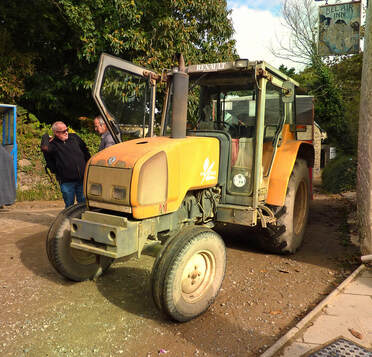 So there I was, perched precariously on an uncomfortable narrow seat in the tractor-hauled cart as it bumped its way up the hill heading for the main street ‘The Avenue.’ A few minutes earlier I had alighted from a rocky, one hour crossing on the boat from Guernsey. The rain had stopped, which renewed my enthusiasm for exploring tiny Sark, an island which is part of the Bailiwick of Guernsey. It is unique in that it is a fiefdom granted to the Seigneurie of St Ouen in Jersey back in 1565, with the proviso that he kept the island free from pirates. click on any image to enlarge words/images (c) Gilly Pickup The ride in the tractor-hauled buggy, nicknamed the ‘toastrack’ due to its design, is one of three ways visitors can get to the village after alighting from the boat – the other two involve walking up a steep hill or hiring a horse and cart (£10 pp per hour when I was there). Even the ambulance and fire engine operate on the towed-by-tractor basis. There are no roads, just dusty, stony tracks and rural pathways, so for walkers, good footwear is essential. Those who prefer to cycle can hire one from a shop on The Avenue. Although most people visiting the island are day trippers like me, there is accommodation available for those seeking a chill out break including a couple of hotels, guest houses, self-catering properties and a few campsites. 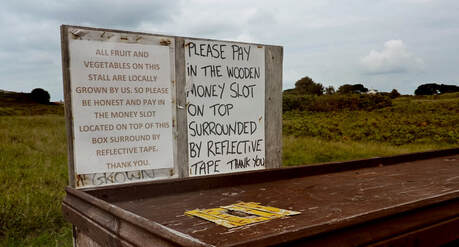 Alighting thankfully from the buggy, I walked passed the prison, possibly the world’s smallest with only two cells – a local told me that it is still used for rare, overnight stays. I was heading for historic manor house, ‘La Seigneurie’ built around 1675. Though the house, permanent residence of the present Seigneur – the head of Sark, is not open to the public, the grounds are open daily and it is one of Sark's most popular attractions. There is a café in the gardens where I had coffee and cake then suitably refreshed, set off again past deep winding valleys bursting with wild flowers, white washed cottages and berry-laden hedgerows to the Hog's Back headland, a favourite spot with picnickers. Dixcart Wood is worth a visit too, in spring it is carpeted in bluebells and it remains a blaze of year round colour thanks to the profusion of celandines, primroses, three-cornered garlic, red campion and ferns which grow here. Those seeking more adrenaline fuelled pastimes can try coasteering, geocaching or kayaking while at low tide, there are coastal caves to explore. Sark has no street lights so if locals go out at night they have to carry a torch to see where they are going. Since there is no light pollution, the night sky can be viewed in all its glory and Sark was designated the world’s dark sky first island in 2011. No special equipment is needed to enjoy the starry display but there is a powerful telescope in a small observatory – well, a shed really - primarily designed to keep star-gazers warm at night. If you go, you’ll be bound to see the creamy rich Milky Way, a display of shooting stars is almost guaranteed and you will be mesmerised by the twinkling lights of Guernsey far across the sea. Read about Guernsey's wildlife here The rest of my brief visit to the Channel Islands was spent in Guernsey, famed for its flowers and fabulous seafood and one of the few places in the world where Santa Claus arrives by lifeboat, rendering Rudolf redundant. It’s a small island, only 25sq miles, but has a variety of landscapes from rocky inlets to high-sided woodland and curving pastures. It’s easy to get whisked back in time as almost everywhere you look here there is evidence of a fascinating past, from medieval castles, forts and watchtowers to landmarks providing memories of the years when Hitler’s forces invaded the islands, particularly La Valette German Underground Museum and the Occupation Museum with its hoard of war relics. No modern fast food outlets are allowed on Guernsey either, it has stuck to its guns. No MacDonalds, Pizza Hut or Starbucks. Well maybe that’s no bad thing. Victor Hugo was so enamoured with the island that he was inspired to write most of Les Miserables there during his 15 year stay. He described his new homeland as ‘the rock of hospitality, this corner of old Norman land where the noble people of the sea reside.’ I wanted to visit his house but it was closed so had to make do with standing outside and imagining what it might look like from the inside. I did get inside Castle Cornet though, last remaining royalist stronghold during the last throes of the English Civil War. Unfortunately for the governor’s wife, an explosion in 1672 in the gunpowder store blew off the top of the tower and she was killed. Today, it contains several museums, including one devoted to all things seafaring while its gardens are great for wafting round on a pleasant day. Foodies should know that everywhere you go in Guernsey you’ll enjoy fantastic fare. Personally I like 'gache’, the local finger-licking fruit loaf traditionally eaten smothered with rich golden Guernsey butter. Fish fans must savour a bumper bowl of seriously fabulous ‘moules’, probably the freshest you’re likely to find. Add to that friendly locals, interesting scenery and inexpensive car rental and you’ll wonder, as I did, why it took you so long to visit. images (c) Gilly Pickup Sark Visitor Centre Guernsey Tourism Condor Ferries operates year round services from Poole to Guernsey Isle of Sark Shipping Company operate regular sailings from Guernsey to Sark Well, probably. 1. Stavanger is the 'cradle of the Vikings'. Head for the Archaeological Museum where a guide (dressed as a Viking) will tell you tales and demonstrate Viking tools 2. Norway has a rich brewing tradition. Until around 200 years ago, no farm was complete without a brewhouse. Cheers! all photos copyright Gilly Pickup
3. Lutefisk is a traditional Norwegian seafood dish, considered a delicacy. The recipe involves soaking a fish in lye then rinsing it in water. Is it good? Well let's say it's an acquired taste 4. Stavanger has some fabulous beaches. Yes, really. White sands and sheltered coves mean sun worshippers flock there despite the water's chilly temperature 5. The Sword in the Rock monument is made up of three swords forced into solid rock. They commemorate the place where Viking King Harald Haarfagre defeated the last of the regional princes way back in AD872 and founded the kingdom that is now Norway 6. This is crafty. A Norwegian invented the cheese slicer in 1927. It was a hot day when carpenter Thor Bjerklund opened his Gouda cheese slices and was horrified to find that they had melted and were all stuck together. He tried separating them, eventually using a plane that he used to slice wood. A few modifications later and voila! the cheese slicer had been invented. 7. Stavanger is the petroleum capital of Norway and one of the world's biggest oil exporters. This doesn't mean it's cheap to fill up here though, locals have to put up with some of the highest petrol prices in the world. Doesn't seem fair, does it? 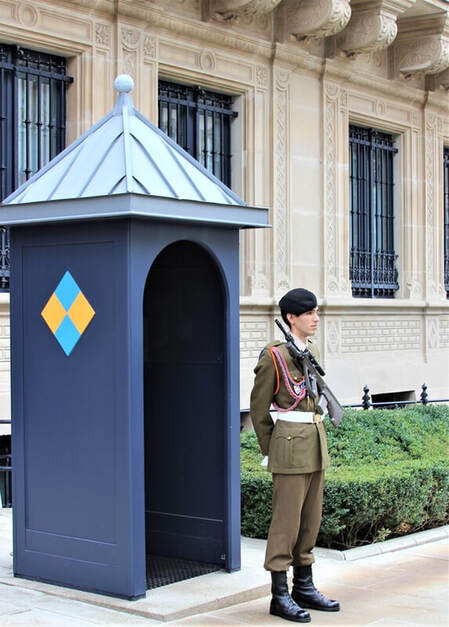 The tiny Grand Duchy of Luxembourg is landlocked by Belgium, France and Germany. This constitutional monarchy with Grand-Duc Henri at the helm, has as its capital Luxembourg City. Built on a plateau dotted with ravines at the confluence of two rivers, this banking centre is one of Europe's most prosperous. Generations of listeners may also remember it as the home of Radio Luxembourg which broadcast around Europe for 59 years until 1992. The city is an eclectic blend of old and new where history and high fashion rub shoulders with chic restaurants, culture and – it has to be said - a somewhat slow-paced nightlife. If you’re in town on a Wednesday or Saturday visit the market in Place Guillaume for a dose of local colour. Stalls are piled high with rich textured local wines, stacks of hearty cheeses, homemade preserves and fresh flowers. photos (c) Mike & Gilly Pickup Click on any image to enlarge Picturesque landscapes greet you wherever you go in this land of meandering rivers, dense forests, green valleys and steep ridges, more often than not topped by a ruined castle. The toy sized village of Vianden, a stone’s throw from the German border, has one such theatrically dramatic medieval castle, particularly beautiful when floodlit at night. It's a calf-wrenching climb to reach it, up a steeply pitched, cobblestoned road, but it's worth it for the king-of-the-world views that await you. From Vianden, take an afternoon’s gentle sightseeing cruise on the Moselle river to Trier and enjoy Kaffee und Kuchen (coffee and cakes) en route. Trier, said to be Germany’s oldest city, is famed for its Roman ruins and bustling market. The Moselle flows through Luxembourg's main wine-producing region and many larger wineries including Domaines Vinsmoselle, offer tours of their cellars with tastings of white and sparkling wines. Nowhere is far from anywhere here. Müllerthal, ‘valley of millers’, so-called because of its abundance of watermills, is known as 'Little Switzerland'. Imposing rock formations date from the ice age, clear silver streams rumble and cascade between boulders while pine, birches and hornbeams reach up towards the skies. The road is lined with bizarrely shaped rocks with strange sounding names like Hölle (Hell) and l'Ile du diable (Devil's Island). Little Switzerland is also popular with hikers and cyclists. Tips for Travellers
Tips for Visitors
Bulgarians shake their heads from left to right to mean ‘yes’ and ‘nod’ to mean no. Well, sometimes. Locals in the cities and holiday resorts often do it our way, so unfortunately you haven’t a clue whether they mean ‘yes’ or ‘no’. These days it's generally the older generation that continues this tradition, which dates back to the time of the Ottomans. Dislike cigarette smoke? You could find this a problem in some restaurants and bars. There's no getting away from it - Bulgarians like their ciggies. The law says that restaurants, bars and cafes must provide non -smoking areas and they do, but in practice, this often means a few tables surrounded by tables for smokers. Good buys are linen, crafts, rose oil perfume, wine and plum brandy. If like me, you love yogurt, Bulgaria's is said to be one of the best in the world. It has a unique taste because the bacteria used to make it, Lactobacillus bulgaricus, is only found naturally in Bulgarian air. Talking of food, Bulgarian bakeries sell a fabulous range of pastries and breads and which cost next to nothing. Some beaches get very busy with tourists, such as Sunny Beach, famous, or rather infamous, for drinking and partying! When to visit? As is the case in many countries, June to September is the peak summer season in Bulgaria. This is when airfares and accommodation are most expensive.. Winter is an ideal time for budget travel and destinations are less-crowded then too. If you like skiing then it's a fabulous and much cheaper alternative to France and Switzerland's expensive ski resorts. More on affordable, fun, friendly Bulgaria here and here too Air Astana has once again been recognised as a winner in the TripAdvisor Travellers’ Choice awards for Airlines, ranking in two categories - Travellers' Choice Regional Airline Asia and Travellers' Choice Passenger Comfort Asia. The airline retained the award for Regional Airline Asia in recognition of its customer service, cabin cleanliness, food & beverage, seat comfort, value for money, check-in and In-flight entertainment. Air Astana has also been recognised as the best in a new category: the Travellers Choice for Passenger Comfort, which reflects ratings travellers have given for seat comfort and legroom. Award winners were determined using an algorithm that took into account the quantity and quality of airline reviews and ratings submitted by travellers worldwide over a 12-month period (Jan-Dec 2018).
“Air Astana has always been dedicated to delivering the very highest standards of service to its passengers and I’m naturally delighted we have been named a Travellers’ Choice Airlines winner again this year,” said Peter Foster, President and CEO of Air Astana. “I’d like to sincerely thank every one of our passengers around the globe, who submitted a review to TripAdvisor following their flight. We look forward to your continued support for Air Astana.”. image (c) Air Astana |
AuthorI'm Gilly, award winning journalist, travel/ cruise writer & author of 13 books. Credits incl: Daily Telegraph, CNN, Daily Mail, BBC magazines, Country & Town House, The Scotsman, Scots Magazine, Love Exploring, Sunday Mirror, The Sun, Cruise Trade News and many more ..... Categories
All
|
